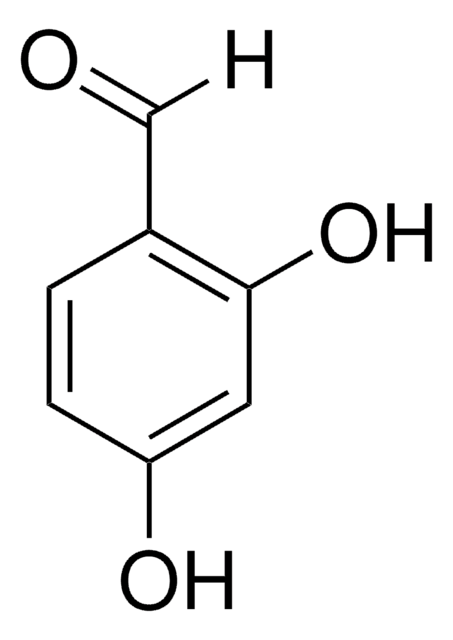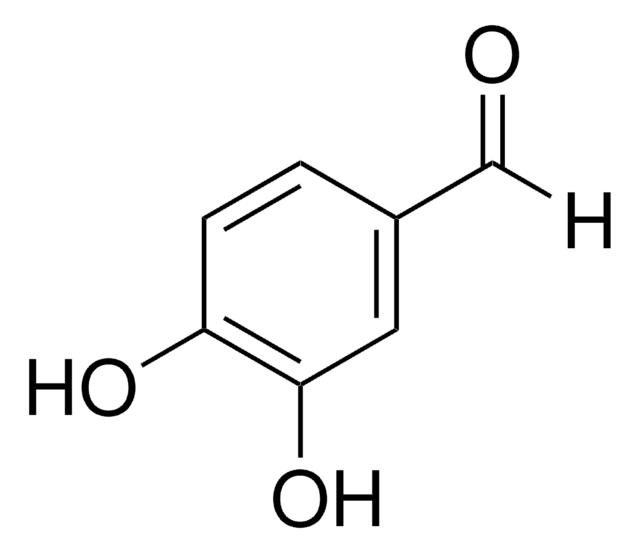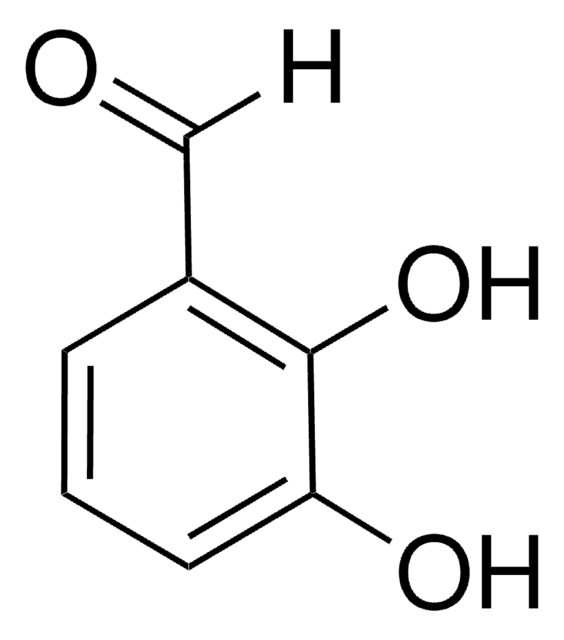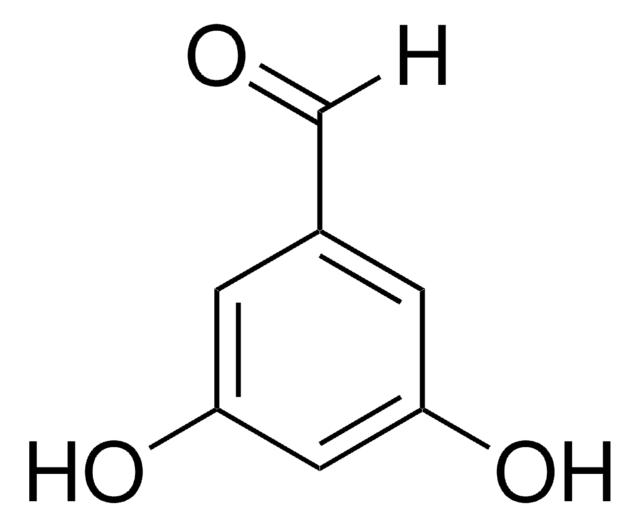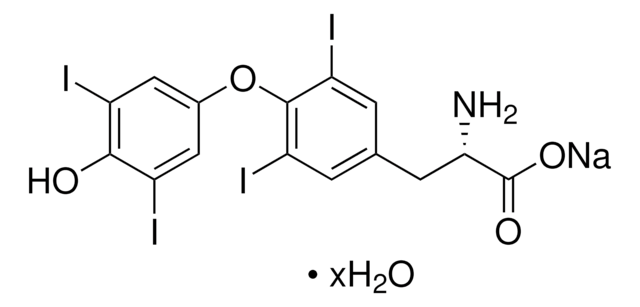203823
Molybdenum
powder, <150 μm, 99.99% trace metals basis
Synonym(s):
Molybdenum element
About This Item
Recommended Products
Quality Level
Assay
99.99% trace metals basis
form
powder
resistivity
5.0 μΩ-cm, 20°C
particle size
<150 μm
bp
4612 °C (lit.)
mp
2617 °C (lit.)
density
10.3 g/mL at 25 °C (lit.)
SMILES string
[Mo]
InChI
1S/Mo
InChI key
ZOKXTWBITQBERF-UHFFFAOYSA-N
Storage Class Code
13 - Non Combustible Solids
WGK
nwg
Personal Protective Equipment
Regulatory Listings
Regulatory Listings are mainly provided for chemical products. Only limited information can be provided here for non-chemical products. No entry means none of the components are listed. It is the user’s obligation to ensure the safe and legal use of the product.
PRTR
Class I Designated Chemical Substances
FSL
Group 2: Flammable solids
Metal powder
Hazardous rank II
1st combustible solid
ISHL Indicated Name
Substances Subject to be Indicated Names
ISHL Notified Names
Substances Subject to be Notified Names
JAN Code
203823-BULK:
203823-500G:
203823-100G:4548174002193
203823-VAR:
Choose from one of the most recent versions:
Already Own This Product?
Find documentation for the products that you have recently purchased in the Document Library.
Customers Also Viewed
Articles
Permanent magnets are an essential technology for energy conversion. Motors and generators are used to convert energy between electrical and mechanical forms.
Biomedical implants are essentially foreign substances within the human body that must survive many years’ exposure to demanding mechanical and physiological conditions. Despite these challenges, metal implants have been widely used to substitute for or rebuild hard tissues such as bones and teeth.
Our team of scientists has experience in all areas of research including Life Science, Material Science, Chemical Synthesis, Chromatography, Analytical and many others.
Contact Technical Service
